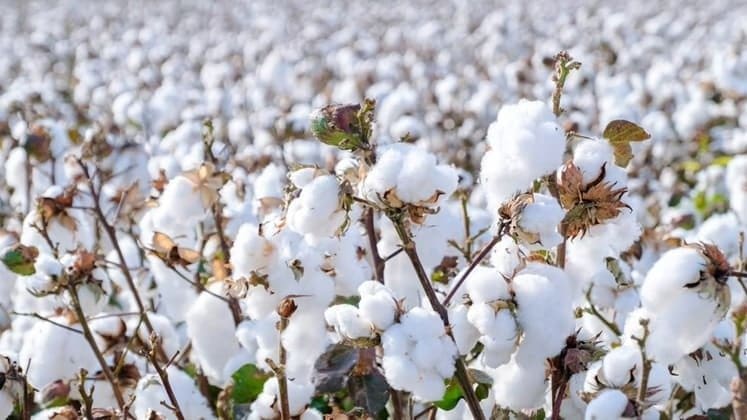Global cotton production is projected to decrease by approximately 5 million bales in the upcoming season (October 2023-September 2024) due to adverse conditions in major cotton-producing countries such as China, the US, Australia, and India. This decline is expected to impact global supply, potentially leading to a shortage in the market.
While cotton prices may experience a decline in the current quarter, industry experts and analysts forecast an increase in prices from the second quarter of 2024 onwards. The shift towards higher prices is mainly attributed to the reduced production and growing demand for cotton in emerging markets.
However, the textile industry is unlikely to be significantly affected as it has been gradually moving towards alternatives such as synthetic and blended fibres. The increased adoption of these alternatives, coupled with advancements in technology, has made them highly competitive with cotton in terms of functionality and cost-effectiveness.
Research agency BMI, a unit of Fitch Solutions, expects global cotton output to reach 112.1 million bales in the 2023-24 season, representing a year-on-year decline of 4.7 per cent. This downward trend is primarily driven by a 12.1 per cent drop in both Mainland China and the US, along with adverse weather conditions and reduced planting areas. Australia and India also battle lower production, with estimated contractions of 12.1 per cent and 1.9 per cent, respectively. However, Brazil’s output is anticipated to partially offset declines elsewhere, with a forecasted 21.6 per cent year-on-year increase.
Rajkot-based cotton trader Anand Popat underlines that a year of financial challenges faced by the US, Europe, and other developed nations has resulted in reduced consumer spending on clothing, further contributing to the demand slump. However, the carryover stocks from the previous season and the adoption of synthetic and blended fibres offer a buffer against possible shortages in the market.
Prabhu Dhamodharan, Convenor of the Indian Texpreneurs Federation (ITF), explains that the textile industry is increasingly transitioning towards synthetic and blended fibres, both domestically and internationally. This shift, fueled by rising cotton prices and advancements in artificial fibres, is expected to keep cotton prices in check as synthetic fibres become stronger competitors.
Despite the decline in production, BMI has slightly lowered its average price forecast for 2023 to 84 US cents per pound, with a projected increase to 88 cents in 2024. This projection reflects the tight supplies resulting from the production deficit. The research agency also anticipates global cotton consumption to grow by 5 per cent year-on-year, leading to a global production balance deficit.
Current cotton prices on InterContinental Exchange are at their lowest in over three months, while benchmark Shankar-6 cotton in India is quoted at ₹57,050 per candy in Rajkot. Cotton farmers are hoping for seed prices to drop further, which could trigger minimum support price (MSP) purchases by the government. This year’s MSP for cotton stands at ₹6,620 per quintal for the medium staple variety.
Despite the lower crop yields, farmers and traders note that the quality of cotton arrivals is excellent. While arrivals are expected to increase after the festival of Diwali, the heavy influx and slack demand may put pressure on prices in the near term.

